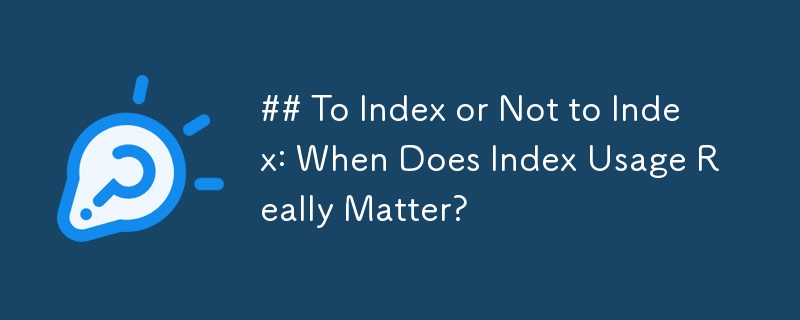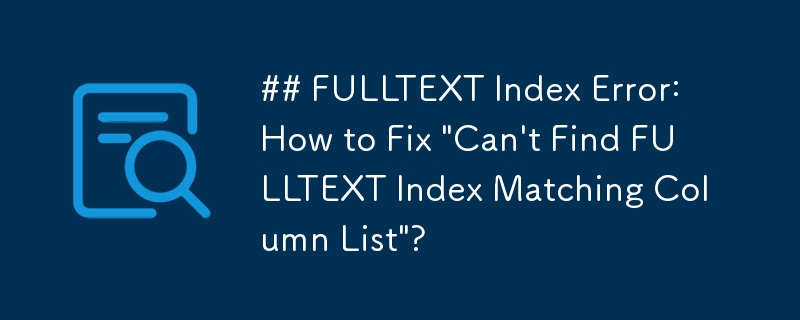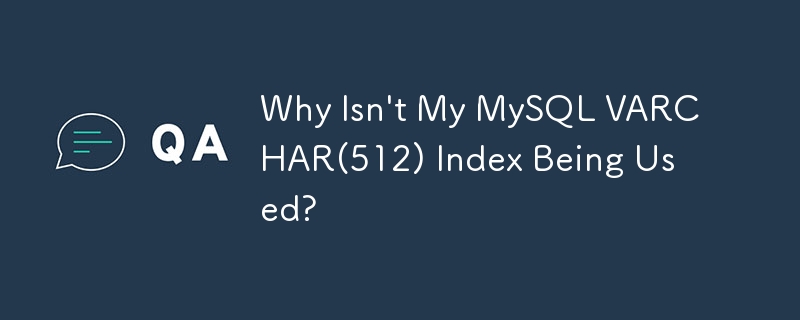Found a total of 10000 related content

Difference between clustered index and non-clustered index (secondary index) in InnoDB.
Article Introduction:The difference between clustered index and non-clustered index is: 1. Clustered index stores data rows in the index structure, which is suitable for querying by primary key and range. 2. The non-clustered index stores index key values ??and pointers to data rows, and is suitable for non-primary key column queries.
2025-04-02
comment 0
1133

How to create index of navicat
Article Introduction:Steps to index in Navicat: Connect to the database. Select the table to index. Open Index Manager. Specify the index name. Select the index column. Select the index type. Select a unique index (optional). Click OK to create an index.
2025-04-09
comment 0
990

How to create index of navicat
Article Introduction:The steps to create an index through Navicat are as follows: Select the table to index. Select the Index option. Configure index properties: name, column, type, uniqueness, clustering. Click OK to create an index.
2025-04-09
comment 0
1184

How to use oracle index
Article Introduction:Oracle index is a special data structure that accelerates data access and improves query performance by storing pointers to data in tables. Oracle provides a variety of index types, including B-Tree index, bitmap index, function index, and hash index. Indexes are especially suitable for data queries that require frequent filtering of specific columns or accessing large tables, but creating and maintaining indexes requires additional space and overhead, and large amounts of indexes may also reduce query efficiency.
2025-04-11
comment 0
306

How to deal with oracle index failure
Article Introduction:Index failure will lead to a degradation in query performance, mainly because data updates do not update the index in time. The columns on the index change. The index is marked as unavailable. Index statistics are outdated. Index syntax error. Other factors (such as tablespace corruption or DB instance failure).
2025-04-11
comment 0
1114

How to use oracle index
Article Introduction:Oracle index is a database structure that optimizes query performance. It points to data by creating pointers to specific columns in a table. Common types include B-Tree index, hash index, and bitmap index. Indexes speed up queries by narrowing the search range, but you need to consider the query type, table size and data distribution to select the appropriate index. As the data is updated, the index needs to be maintained, and Oracle will automatically maintain most of the indexes, but the bitmap index may require manual reconstruction. Indexes have an impact on performance, including space overhead, update overhead, and affect query plans.
2025-04-11
comment 0
451

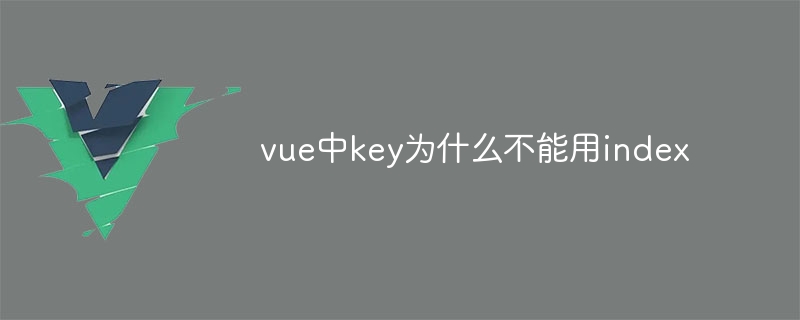
Why can't index be used in vue
Article Introduction:It is inappropriate to use an index as the key of a Vue list because: the index changes as elements are added or removed. There may be elements in the array with the same index. Reordering the list changes the index.
2025-04-07
comment 0
982

How to create an index in oracle
Article Introduction:To create an index in Oracle, follow these steps: Determine the table and index columns. Use the CREATE INDEX statement to specify the index name, table name, and column name. Specify the index type (default B-Tree), and add options such as UNIQUE, PRIMARY KEY, etc. Notes include performance impact, maintenance overhead, space requirements, and selectivity.
2025-04-11
comment 0
885

How to Rename Pandas DataFrame Index Names?
Article Introduction:This article focuses on renaming the index of a pandas DataFrame. It highlights that df.rename() modifies index values, while renaming index names requires a different approach, specifically setting df.index.names = ['NewName']. The article provides
2024-10-23
comment 0
1186
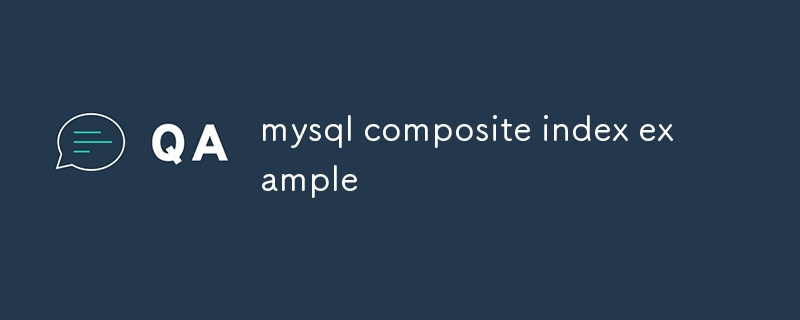
mysql composite index example
Article Introduction:MySQL composite index follows the principle of leftmost prefix, and the query condition must include the leftmost column of the index before it can hit the index. 1. The index structure is organized in the order of definition, such as (name, age, city) first sorted by name, and then subdivided in sequence; 2. The hit condition includes continuous combinations starting with the leftmost column, such as WHEREname=... or WHEREname=...ANDage=...; 3. If the leftmost column is not included, it cannot be hit if only age or city is used; 4. When creating, the high-divided and commonly used query fields should be placed in front of it, and redundancy and excessive indexing should be avoided; 5. The use of functions, OR without index support, and fuzzy matching at the beginning of % will cause the index to fail.
2025-07-12
comment 0
633

Is Z-Index Absolute or Relative?
Article Introduction:Z-Index: Relative or Absolute?When dealing with the z-index property, it's essential to understand its nature as either an absolute or relative...
2024-11-02
comment 0
926
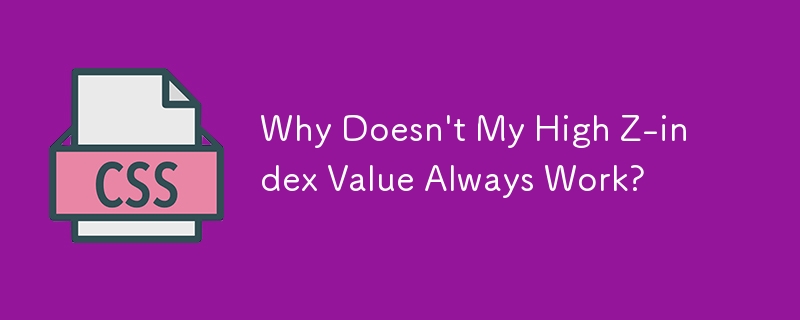
Why Doesn't My High Z-index Value Always Work?
Article Introduction:z-index Property: In-Depth Analysis of Z-Index ValuesIn web development, z-index is a crucial property used to control the layering order of...
2024-12-27
comment 0
934

How does MySQL index cardinality affect query performance?
Article Introduction:MySQL index cardinality has a significant impact on query performance: 1. High cardinality index can more effectively narrow the data range and improve query efficiency; 2. Low cardinality index may lead to full table scanning and reduce query performance; 3. In joint index, high cardinality sequences should be placed in front to optimize query.
2025-04-14
comment 0
1257
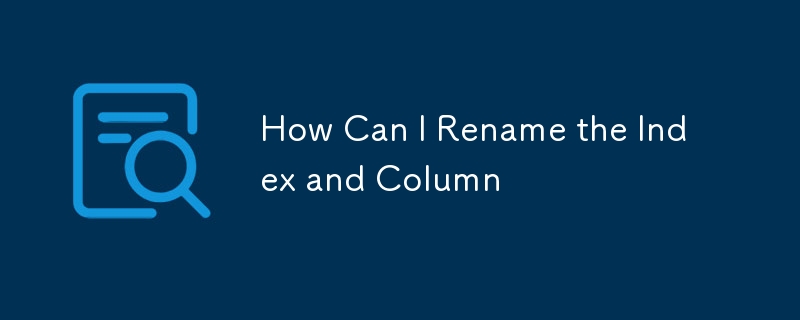
How Can I Rename the Index and Column
Article Introduction:This article covers the renaming of DataFrame index and columns in pandas. It explains the use of the df.index.names attribute to rename index level names, and highlights the conceptual similarity between columns and index, facilitating an understand
2024-10-23
comment 0
1179







